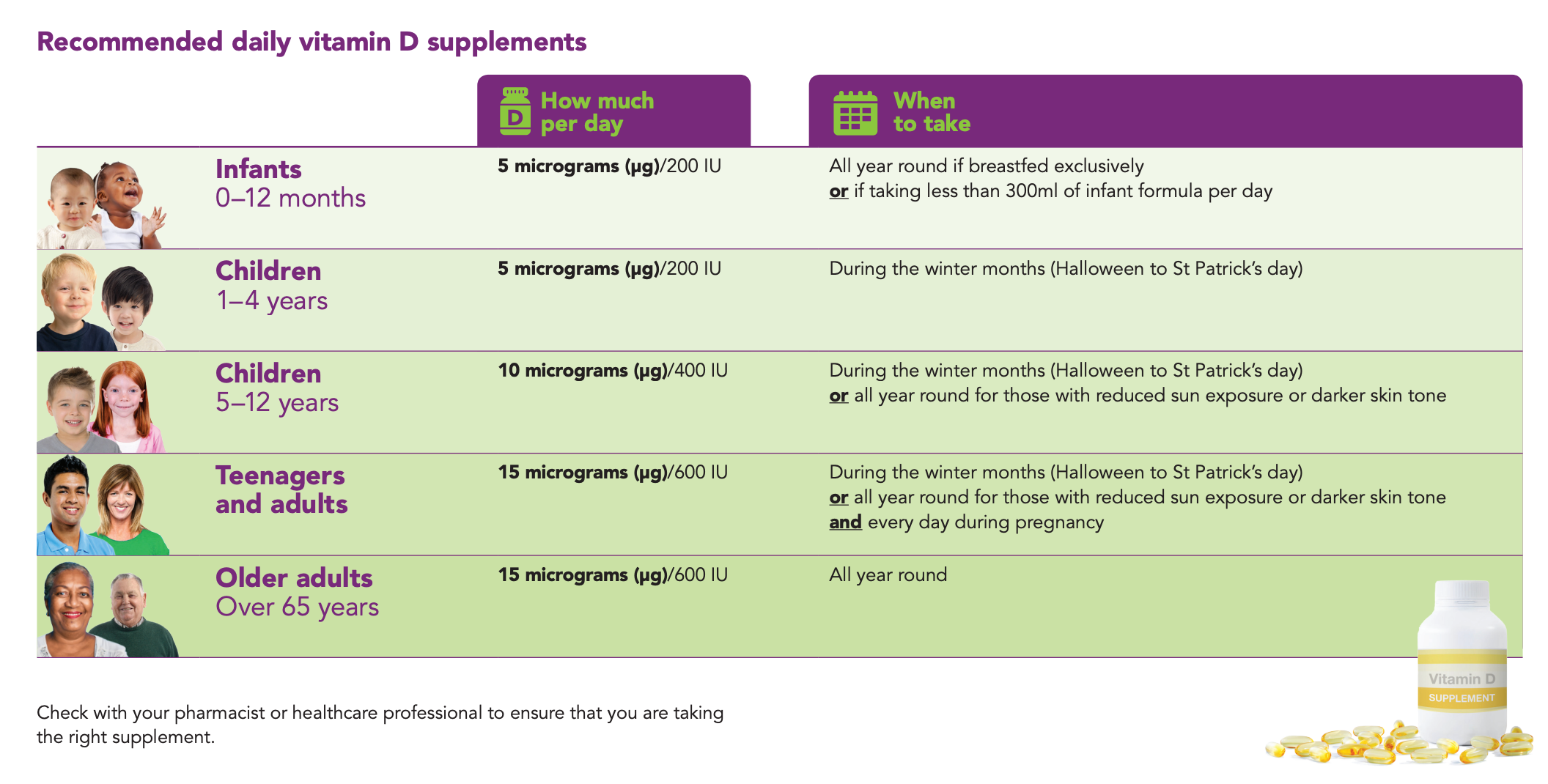Sunshine, Science, and Supplements: Getting Smart about Vitamin D
Vitamin D is more than a vitamin…its a hormone. Its made in one part of your body (skin) and exerts an effect on another (tissues like bone). Usually, heading into the winter months you start to hear experts encouraging you to take a Vitamin D supplement. Should you? And how much should you take?
Photo copyright Pearson Education Inc.
We’ve known about Vitamin D deficiency like Ricket, featured above, since 1650. There have been numerous reports of children with deformed bones and adults also living with ‘soft bones’ called Osteomalacia. We even knew that there was a relationship to sunshine. In the 1800’s, urban cities were often very polluted and the dirty air caused barriers for children to get adequate sunshine. But it wouldn’t be until 1967, that we would truly understand Vitamin D and the roles it plays in the body.
You’re body can make plenty of Vitamin D, but only when it has adequate sunlight exposure. Here’s what happens: your skin gets exposed to UV light from the sun, it begins to turn cholesterol which sits within the layers of your skin into a pro-form of Vitamin D. A pro-form is like a draft version of a Vitamin, it doesn’t have any active properties, but its the foundation for the Vitamin. This pro-form travels to the liver where it progresses to the next phase and gets ready to become active. This form of Vitamin D is the same form that you will find in supplements, look for the ingredient Cholecalciferol (or Vitamin D3). When you’re body needs Vitamin D, it then tells the liver to send this hormone to the kidney where it becomes activated. The activated hormone is what exerts an effect on tissues like your bone and your intestines. The role of vitamin D is to aide in calcium absorption, maintain calcium levels in your blood, help with your immune system, and to help build strong bones. Bet you never knew so many organs were involved with this one Vitamin.
So where’s the problem? Why should we take a supplement if our body can make it? The problem is that most people don’t get adequate sun exposure. In Northern cities (above the 37th latitude), people don’t have enough daylight in the winter and the cold winter weather means they are often wearing long layers. Without skin on display to the UV sunlight, you can’t make vitamin D. And in Southern cities (closer to the equator) people may use sunscreen, stay indoors more, or have darker skin which blocks the UV rays needed for the reaction to occur.
As a Dietitian, I often encourage people to check their bloods yearly with their GP. You can ask to check your Vitamin D status. I also encourage eating food sources with Vitamin D such as:
Cold Oily Fish (Salmon, Tuna, Mackeral)
Eggs
Diary (milk, yogurt)
Beef liver
Mushrooms
Breakfast cereal (often fortified with Vitamin D)
Fortified drinks (orange juice, plant based milks)
Photo copyright Pearson Education Inc.
Most people will need supplementation. If you live in a Northern city, or you have a darker skin tone, or you don’t get much sunlight exposure (i.e. use sunscreen when outside, older adults, breastfed babies), then consider taking a Vitamin D supplement.
Vitamin D recommendations from the Irish Nutrition and Dietetic Insitute and the Irish Dept of Health.


